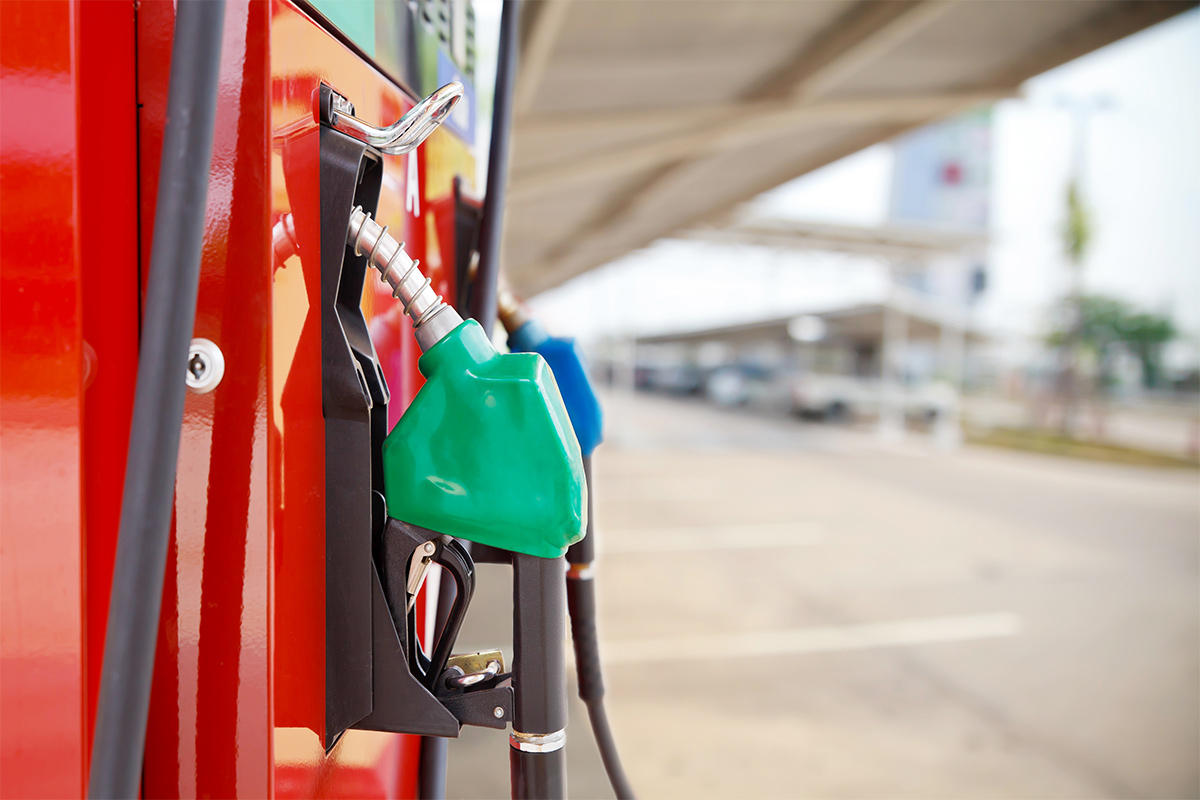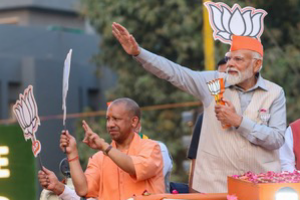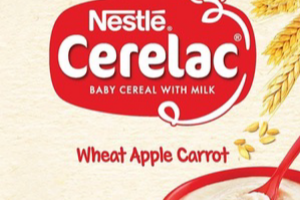Background: For the past two decades, India has been making progress towards putting in place an ecosystem to increase the quantities of fuel-grade ethanol blended into petrol under the Ethanol Blended Petrol (EBP) program for its use in vehicles, particularly two and four-wheelers. This effort has ramped up in recent years as multiple benefits of the EBP have become more apparent in light of volatile international energy markets and increased focus on the decarbonization of transport fuels.
Early in the 21st century before the EBP, the sugar mills of India were dependent upon central government quotas for the sale of sugar, then a controlled product. The quota was fixed for each sugar mill for the year. A monthly order was released by the Government of India (GOI), basis which the sugar mills could sell the sugar in the open market. A small quota was also kept for Public Distribution System (PDS) sugar supplies for each sugar mill.
The sugar mills used to produce sugar from cane juice & B-Heavy molasses. The juice was extracted from the sugarcane supplied by the sugarcane farmers present in the designated catchment area of each sugar mill as decided by the government. Once the juice was processed in the sugar mill and refined sugar extracted, B-Heavy Molasses remained as a co-product. One more cycle of sugar extraction converted the B-Heavy Molasses to C-Heavy Molasses. The C-Heavy molasses produced in the sugar mills was either sold to standalone distilleries in the same state as the mill or neighboring states for production of ethanol, or used for own ethanol production, or exported if international market prices were favorable.
Advertisement
The realization of profits and cash flows from sugar sales by mills was a challenge in the quota-allocation approach. While the official payment cycle after proper documentation by the mill used to be 30 to 60 days in the PDS system, retail market recoveries of outstanding depended upon numerous factors of the market. This cascaded into stresses on payment cycles from mills to farmers.
Further compounding the matter, the first decade of the 21st century also recorded several years of sugar production in the country in significant excess of the national requirement. Meanwhile, export prices of sugar in the international market were determined by large producers like Brazil and bulk consumers like the EU countries. This led to an untenable situation of subsidies on sugar exports from India, which placed substantial burdens on the exchequer as well as on WTO negotiations.
The C-Heavy molasses which was a by-product of the sugar industry was used to produce Extra Neutral Alcohol (ENA, 95% to 96% ethanol concentration on a volume-by-volume basis) which is the primary base raw material of India’s liquor industry. Till 2017, most of the fuel grade ethanol which was being supplied to OMCs was also similarly produced from C-Heavy molasses.
The above restrictions and controls in the system placed the supply chain of the sugar mills, including sugarcane farming, refined sugar production, molasses, potable alcohols and fuel ethanol, under stress. The only solution available to sugar mills was to divert the sugar / molasses surplus more towards ethanol production for the Ethanol Blended Petrol (EBP) program, which was in-principle attractive because of increasing demand for blending, shorter payment cycle of OMCs, visibility of product upliftment etc.
Initiatives by Govt. of India since 2014 for promotion of Ethanol Blended Petrol (EBP) program: Current govt. has brought in various reforms to promote the EBP program. Few are:
- Sugar decontrolled
- Price fixation of Ethanol procurement by OMCs since 2014.
- Publication of National Policy on Biofuels – 2018
- Amendment in Industrial Development & Regulations Act, from 2017 for free flow of Ethanol in the country which was earlier under control of state govt. similar to liquor.
- After the introduction of GST in the country, govt. of India reduced the GST applicable on Ethanol purchase for blending (18% to 5%)
- Since 2018, opening alternate route for ethanol production i.e. Ethanol manufactured from different feedstocks to increase the availability of Ethanol domestically (i.e. Sugar Cane Juice, Sugar and Sugar Syrup, B Heavy Molasses, C Heavy Molasses, Damaged Food Grain unfit for human consumption, Surplus Rice and Maize)
- Introduction of interest subvention for enhancement, and augmentation of ethanol production capacity in the country thru Dept. Of Food & Public Distributions.
- Long term contracts between Ethanol suppliers & OMCs as per long-term Ethanol procurement policy of MOPNG.
- Release of Report of Expert Committee on Roadmap for Ethanol Blending in India by 2025 on 5ht June 2021.
- Allow sell of E100 as transportation fuel on pilot basis in Pune, Maharashtra from 2021.
OMCs perspective on Ethanol Blended Petrol (EBP) program: In view of fulfilling the nations demand for petrol & Diesel, OMCs are majorly dependent upon imported crude due to low availability of domestic crude in the country.
OMCs started Ethanol blending in the country in 2006 on pilot basis which 5% blending in sugar surplus states as per availability of Ethanol. With the interventions of the Govt. the availability of Ethanol in the country has improved over the years as under:
During current Ethanol supply year (i.e. Dec’21 to Nov’22) the availability to OMCs is likely to touch 450 Crore liters. As the availability of Ethanol is increase the equivalent amount of crude (used for Petrol production) import is reduced.
Roadmap of Ethanol Blending in India: Govt. of India on 5th June’21 has released a report of Expert Committee on Roadmap for Ethanol Blending in India by 2025. As per roadmap, 20% Ethanol blending is to be achieved by 2025 in a phased manner as under:
| Year | Pan India EBP% |
| 2021-22 | 10% |
| 2022-23 | 12% |
| 2023-24 | 15% |
| 2024-25 | 20% |
| 2025-26 | 20% |
Due to the above initiatives of Govt. of India, the availability of Ethanol has improved since 2014 and has gone up from 67 Crore liters to around 450 Crore liters in the current Ethanol supply year. This has resulted in significant improvement in cumulative Ethanol blending percentage from 2.33% in 2014 to 10.00% as of June, 2022.
In order to meet the gap between current availability and the future requirements of Ethanol for EBP program, Oil Marketing Companies, under the guidance of MOPNG & DFPD, are encouraging the new entrepreneurs to setup dedicated ethanol plants in the state where Ethanol availability from Sugar based feedstocks is low.
OMCs have now signed long term agreements offering offtake assurance to 131 upcoming dedicated ethanol plants which will augment ethanol production capacity by Approx. 750 Cr. Ltr. per Annum. The investment in these plants will be around 40,000 Crores and employment generation for the country will be around 3 lac jobs. This is expected to improve the ethanol availability and help in achieving the blending targets set for the country.
The above plants are majorly grains (not for human consumption) based plants, which shall bring the flexibility on the ethanol availability from various feedstocks. This shall not only check the dependence of OMCs on Sugar / molasses based ethanol but also reduce the burden on water resources of the country due to switch from molasses based ethanol production to grain based ethanol production.
This increase in Ethanol Procurement by around Rs. 47000 Crores will lead to increase in farmer’s income.
Ethanol Blending of 1016 Cr. lit considering 20% blending by 2025, will result in savings of 200 Lakh MT of GHG emissions.
In line with the blending targets, Oil Marketing Companies are augmenting the blending infrastructure and have also initiated movement of Ethanol blended Petrol and Pure Ethanol by Tank Wagons.
OMCs are also setting up 2nd Generation Ethanol production plants. These plants use the paddy straw as raw material to produce ethanol. Currently this paddy straw in the country is getting burnt in the fields which result into air pollution in the surrounding areas.
Since this 2nd Generation Ethanol production technology is new in the country, Govt. of India has introduced Pradhan Mantri JIVAN Yojna to provide VGF (Viability Gap Funding) to the plants being setup in the country.
OMCs are setting up 5 2G bio-refineries with an investment of around Rs. 8,000 crore. These Bio refineries will help in reduction of stubble burning in farm lands of the country by diverting paddy straw for production of ethanol to these Bio refineries.
Future uses of Ethanol: Ethanol being a pure chemical has existing uses like portable liquor, blending in Petrol, Pharmaceuticals etc.
Ethanol itself had multiple grades and multiple uses, ranging from potable alcohol and Indian-Made Foreign Liquor (IMFL) on the one hand to industrial alcohol used as a bulk chemical for production of specialty chemicals.
Ethanol has potential to be used as cooking fuel in ethanol based cooking stove. Also it can be diverted to produce green hydrogen. Ethanol can also be used for Bio-ATF production as a sustainable alternative to Aviation Turbine Fuel.
Advertisement











